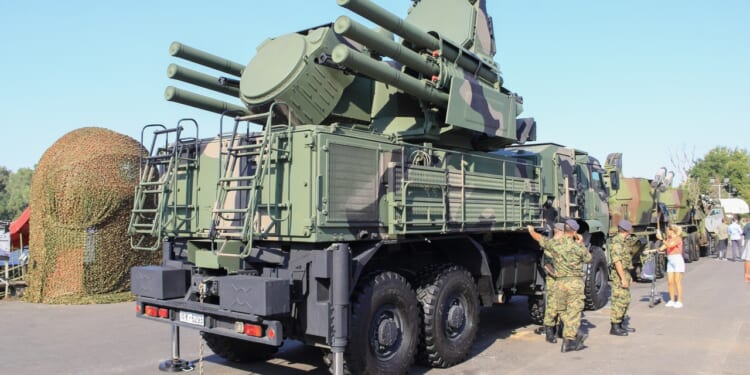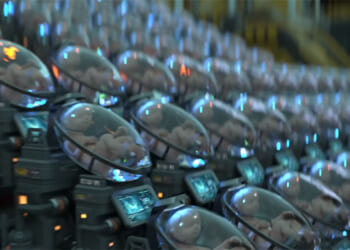In a future war with North Korea, the Russian Pantsir-S1 would be tasked with intercepting US fighter jets and missiles.
When Russia invaded Ukraine on February 24, 2022, no one could have predicted that North Korea would benefit from the Kremlin’s illegal action.
More than three years after Russian troops poured into Ukraine, North Korea has proven to be a key ally of Moscow, providing ammunition, weapon systems, and even troops in exchange for money and weapons. The North Korean military is even operating Russian air defense weapon systems.
Russian Air Defense Systems in North Korean Service
During an interview over the summer, Ukraine’s intelligence chief, Kyrylo Budanov, revealed that North Korea has received at least one Pantsir-S1 air defense system from Russia. The weapon system is deployed around Pyongyang, protecting the North Korean capital. Moreover, North Korean troops are receiving training from their Russian counterparts on how to operate the air defense system. Recent footage from North Korea shows that the North Koreans have tried to replicate the Pantsir-S1 in an attempt to further enhance their air defense umbrella.
In a hypothetical scenario where the US military attacks North Korea, the Pantsir-S1 would be tasked with intercepting US fighter jets and missiles.
In exchange for the Pantsir-S1, Pyongyang will allow North Korean citizens to join the Russian military as volunteers under contracts. The Russian war effort in Ukraine relies heavily on contract troops, many of whom are foreigners.
The transfer highlights the unexpected benefits Pyongyang has been reaping since Russia invaded its neighbor.
The Moscow-Pyongyang Nexus
It did not take long for Russian president Vladimir Putin and the Kremlin to realize that the full-scale invasion of Ukraine was a miscalculation. Instead of a quick “special military operation” that would last from three days to two weeks, the invasion quickly lost momentum and turned into the bloodiest conflict on European soil since the end of World War II.
Russia’s unprovoked aggression and war crimes quickly turned Russia into an international “leper.” Scores of countries sanctioned Russia, while many others distanced themselves from Moscow. The Kremlin, then, had to look for friends. And it found them in other pariah states, such as North Korea and Iran. Starting with Iran and then with North Korea, the Kremlin reached agreements for the provision of weapon systems and munitions to sustain its offensive operations in Ukraine. Iranian suicide drones and ballistic missiles and North Korea artillery ammunition and infantry fighting vehicles started coming into Russia in exchange for money and international support.
But the agreement with North Korea went a step further, and Pyongyang deployed between 11,000 and 12,000 troops to Russia to fight for Moscow. Even though the Russian military deployed the North Korean troops to Kursk Oblast, in Russia—where the Russians were trying to fend off a bold Ukrainian foray into Russia—the deployment marked a major escalation in the conflict. Trained for a Cold War conflict, the North Korean troops suffered heavy casualties from Ukrainian suicide drones and artillery, forcing their Russian commanders to pull the North Korean contingent off the line. Pyongyang did not buckle and subsequently deployed several thousand more troops to reinforce the battered contingent.
North Korea has gained from Russia’s invasion of Ukraine. The North Korean government has gained much-needed money, the North Korean military has gained valuable combat experience, and, apparently, air defense systems.
About the Author: Stavros Atlamazoglou
Stavros Atlamazoglou is a seasoned defense journalist specializing in special operations and a Hellenic Army veteran (national service with the 575th Marine Battalion and Army HQ). He holds a BA from the Johns Hopkins University and an MA from the Johns Hopkins’ School of Advanced International Studies (SAIS). His work has been featured in Business Insider, Sandboxx, and SOFREP.
Image: Bascar / Shutterstock.com


















